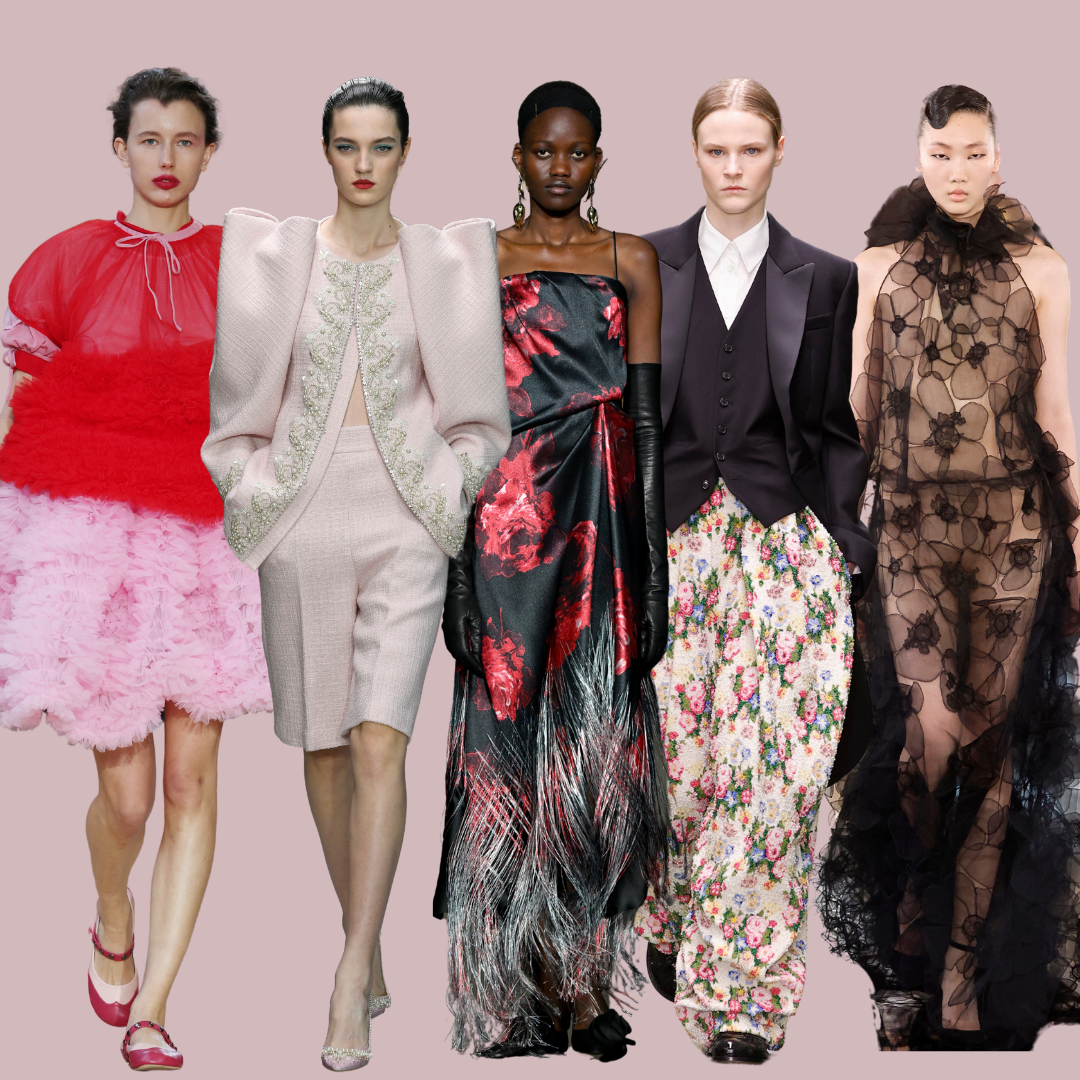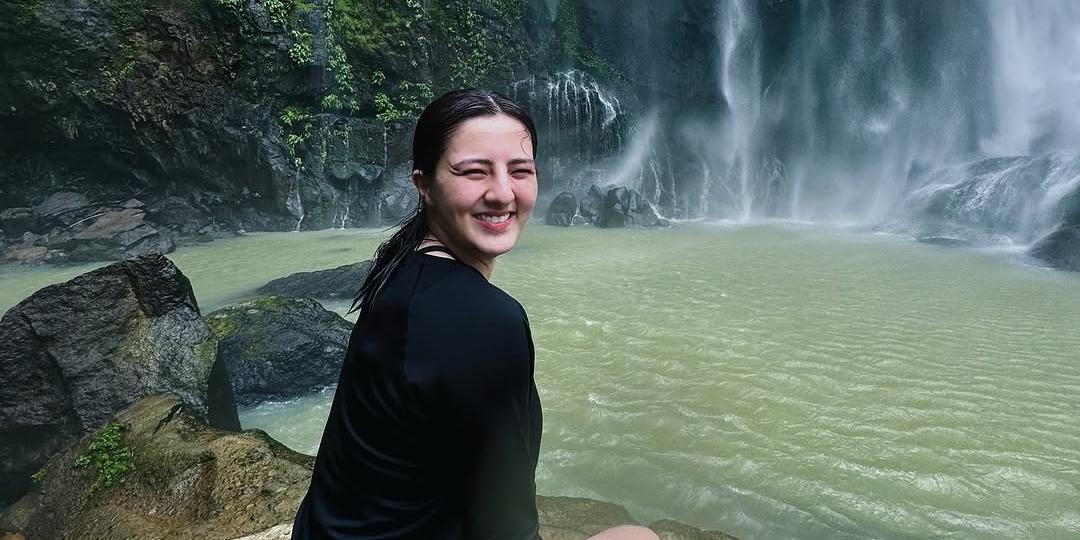Known as a period of frivolity and excess, the 17th-century Rococo period in France has been a direct source of inspiration across the fashion industry for centuries. From Vivienne Westwood's 'Vive la Cocotte' collection in 1995, seemingly showcasing ball gowns in popular Rococo silhouettes and using new technology to print historical images on her designs, to John Galliano, who has famously referenced Rococo motifs throughout his career, with honorary mentions going to his notorious Autumn/Winter 2007 collection for Dior. Crossing over fashion and art, the Rococo aesthetic exemplifies a playful aesthetic that embraces maximalism.
Contrary to the popular minimalistic era that followed in the 18th century, known as the Regency Era. AKA, the source of inspiration behind TikTok's beloved that avid fans follow. When it comes to Rococo, think Sofia Coppola's Marie Antoinette, with billowing silhouettes, voluminous tops, and plenty of pastel shades.
Sounds challenging to get into? Trust me, as a seasoned fashion writer, I can assure you it's not. Placed simply, the Rococo style is synonymous with an opulent aesthetic that adopted all things lavish and extravagant. Worn by influential figures at the time, like Madame de Pompadour, the look has since seen some changes.
Keeping the maximalist core values, the modern-day Rococo style may have ditched the panniers and hoop skirts but continues to embody many of its original motifs. Keeping the colour palette strong with pastel hues and .



















